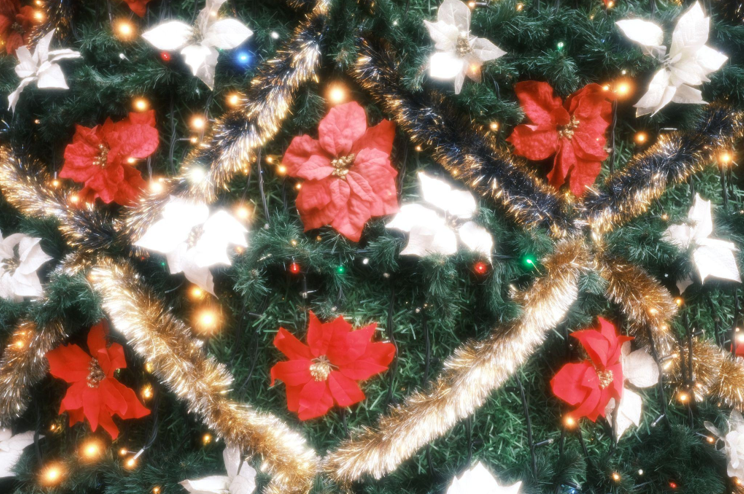Artificial Christmas Trees and the Environment
As the holiday season approaches, many of us have already started to think about decorating our homes for Christmas. And while real Christmas trees have always been a popular choice, more and more people are turning to artificial Christmas trees. But have you ever wondered about the science behind artificial trees?
One of the biggest benefits of artificial Christmas trees is their eco-friendliness. Real trees often require pesticides and fertilizers, which can hurt the environment. Plus, they can only be used once and then thrown away, adding to a lot of waste over time. On the other hand, artificial Christmas trees can be reused for years, which makes them a more sustainable choice.
The Development of Artificial Christmas Trees
Artificial Christmas trees have come a long way since their earliest days in the early 20th century. Their development is directly linked to a historic volcanic eruption.
In 1920, the world’s largest recorded volcanic eruption occurred in Mount Katmai, Alaska. The eruption was so massive that it coated the area in ash and caused widespread damage. But something unexpected also happened – the ash created a perfect cover for trees. Scientists, recognizing this potential, experimented with artificial trees made from feathers. These early trees had a core of metal or wood and were covered in goose or turkey feathers dyed green.
However, these trees were far from perfect. They were expensive, had an unpleasant odor, and were highly flammable. It wasn’t until the 1950s that artificial trees made from PVC began to gain in popularity.
Nowadays, artificial Christmas trees come in a wide variety of styles, from classic green to more unconventional colors and designs. They can be made from various materials, such as PE, PVC, and Polyethylene. Some trees even come pre-lit, eliminating the need for separate lights.
The Benefits of Artificial Christmas Trees
In addition to their eco-friendliness, artificial Christmas trees have other benefits as well. For starters, they require a lot less maintenance than real trees. You don’t need to water them or worry about needles falling off, making cleaning up after the holidays much easier.
Artificial trees are also a more affordable choice in the long run. While they may have a higher upfront cost than real trees, they can be used for years, which makes them a better value in the long run.
Finally, artificial trees offer a lot of flexibility when decorating. Unlike real trees, which may have gaps or uneven branches, artificial trees are always perfectly shaped and symmetrical. This can make it easier to create a cohesive and beautiful holiday display.
In conclusion, artificial Christmas trees have come a long way since their early days as feather-covered metal trees. Now, they offer many benefits, including eco-friendliness, low maintenance, and affordability. As we continue to find new ways to create sustainable and beautiful products, artificial Christmas trees will remain a popular choice for holiday decorating for years to come.
